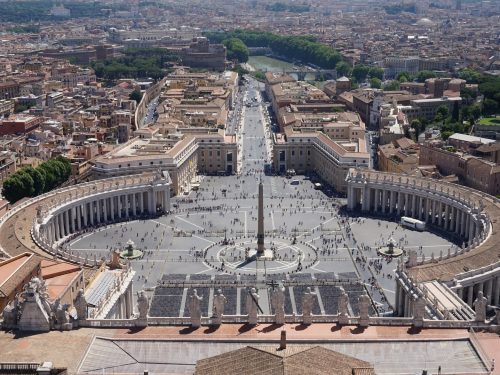 Vatican City: A First-Timer’s Guide for What To See and Do
Vatican City: A First-Timer’s Guide for What To See and Do
Your trip to Rome won’t be complete without a visit to Vatican City. Home of St. Peter’s Basilica and the Vatican Museums, Vatican…
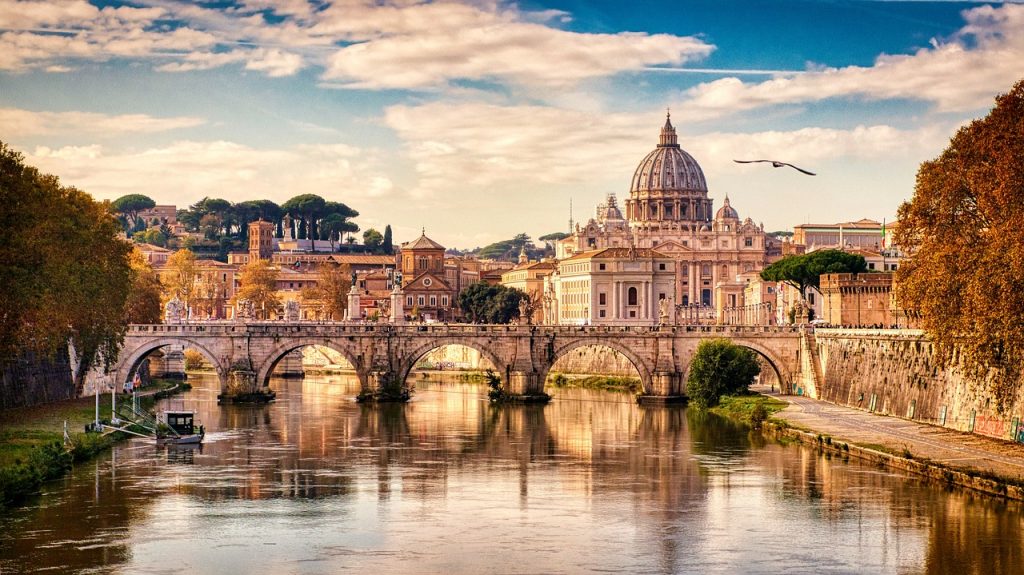
A trip to the beautiful city of Rome is a dream for many people. Think about all the incredible things the Italian capital has to offer: millennia of history, breathtaking views, a unique artistic heritage — and gelato!
There is so much to see and do, and you may feel unsure about what to include in your Roman adventure. There’s no better way to discover the Eternal City than by walking side by side with a local. Something worth knowing about us Romans is that we could spend hours talking about our city. Simply asking a random person on the street for directions could lead to a passionate discussion about the seven kings of Rome.
Don’t worry, we’ve prepared the best itineraries to make the most of your time. Ready to find your inner gladiator?
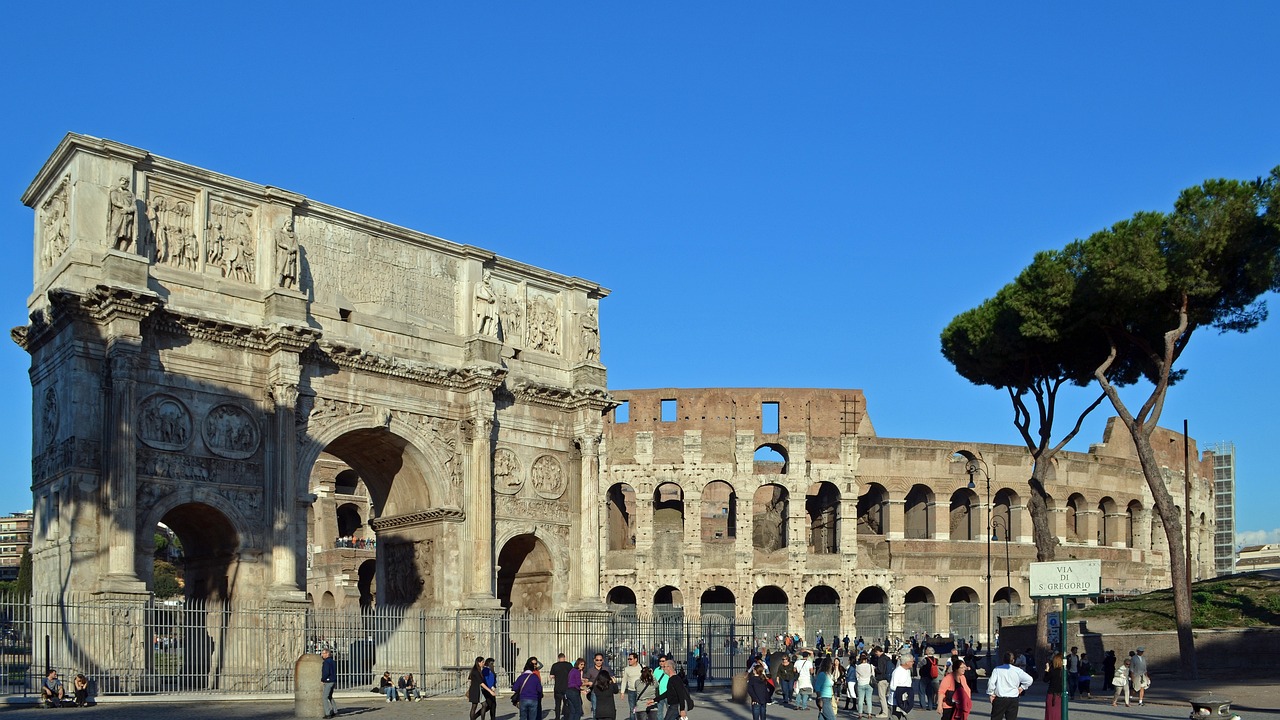
When thinking about Rome, images of majestic and ancient ruins come to mind. They’re the last witnesses to a history that spanned more than 1,000 years. It left us an archeological legacy that still amazes visitors to this day.
To show visitors the best of these sights, we created our Ancient Rome Walking Tour.
On this tour, you’ll feel like Julius Caesar could show up at any moment. Here are some of the amazing sights you’ll see.
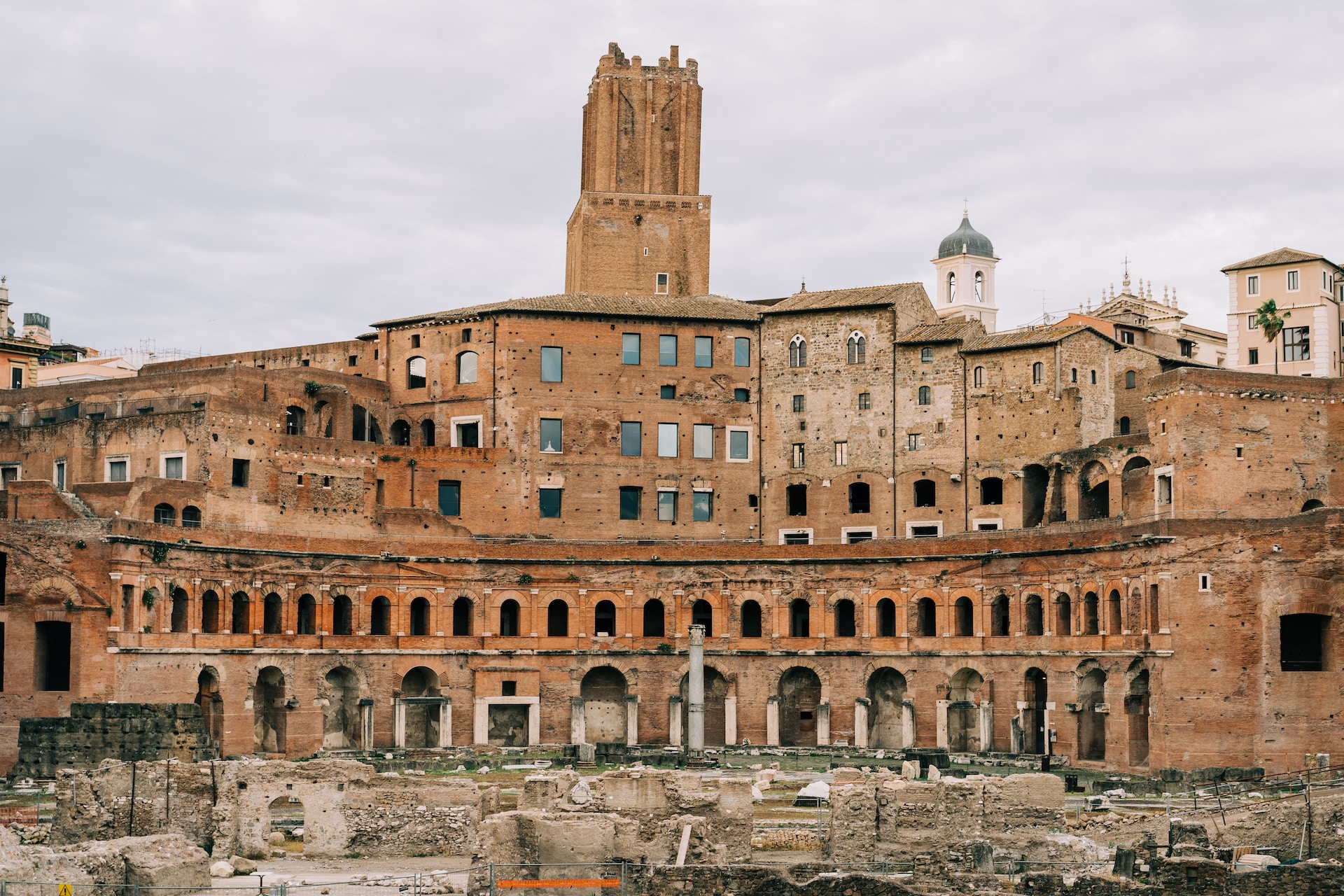
You’ll also learn about Rome’s early days. Throughout its history, Rome has been a monarchy, a republic, and then an empire. Because the Roman Empire managed to conquer a vast territory, it left a deep impact far beyond today’s city limits.
The history of Rome is steeped in lore. According to the legend, Romulus was the founder and first king of the city. After murdering his twin brother Remus in a heated fight, Romulus founded Rome in the year 753 BC. If you see images or statues of wolves around the city, that’s part of the story. The legend tells us that a kind she-wolf helped take care of the twins. That’s why the she-wolf is still one of the symbols of Rome.
We don’t know if Romulus actually existed or not. It’s documented that the first settlements started in the area of Palatine Hill and grew to become an impressive metropolis.
Your guide has much more to tell you about Ancient Rome. Join us on a morning during your trip to Rome. We pack a lot into two hours with this tour!
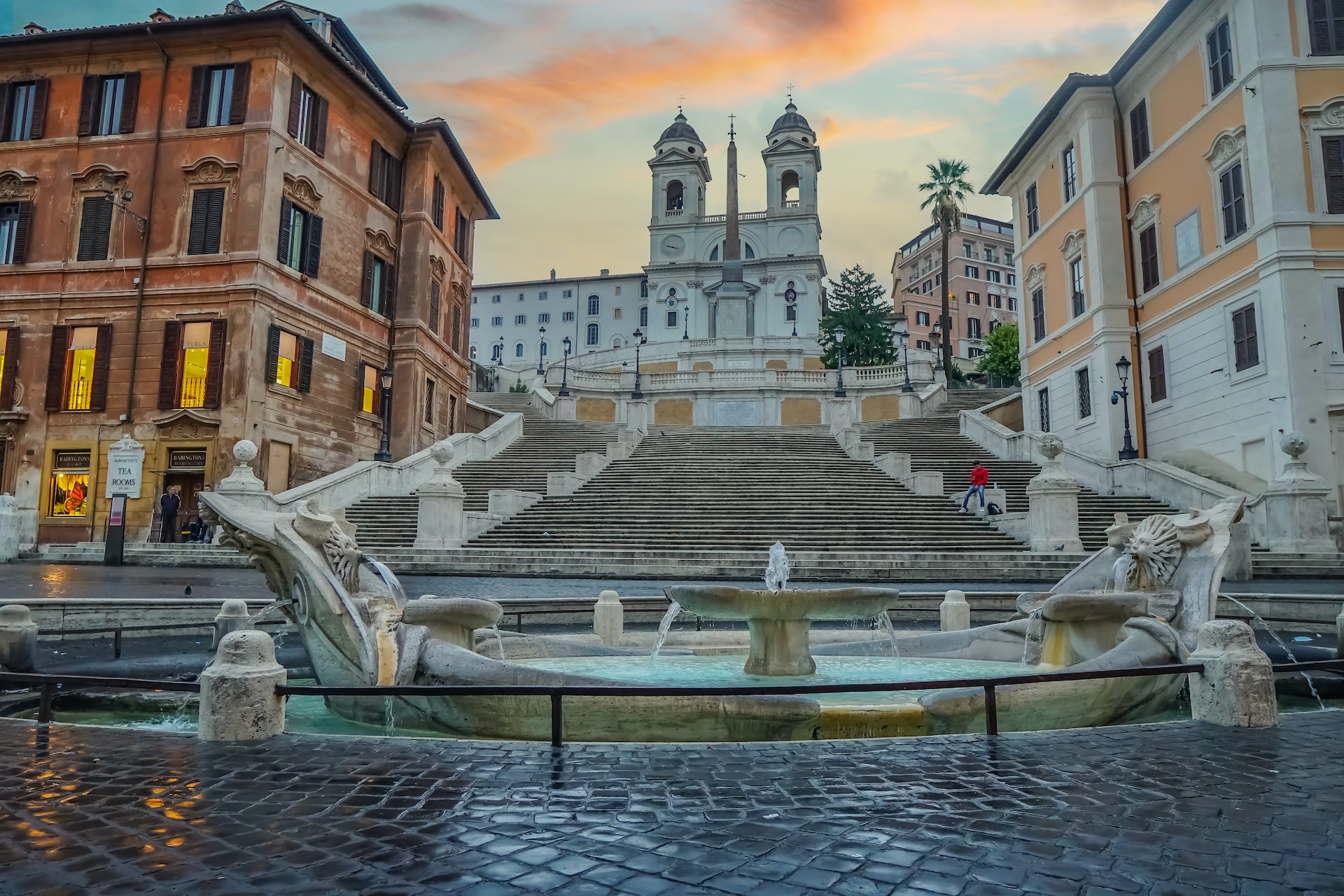
One of the most glorious moments of Rome, and my favorite artistic movement, was its Baroque period. Following the fall of the Roman Empire, the Catholic Popes ruled Rome for centuries. Many of them aimed to improve the city, hiring the most renowned artists to do so.
The Baroque art movement was born in Rome in the 17th century. Its artists looked for exuberant and over-the-top forms of expression. They gave a new look to the city with their wonderful buildings, squares, and fountains.
During our Rome Highlights Outdoor Walking Tour, you’ll experience the Baroque soul of Rome and much more.
Here’s just a glimpse of the highlights.
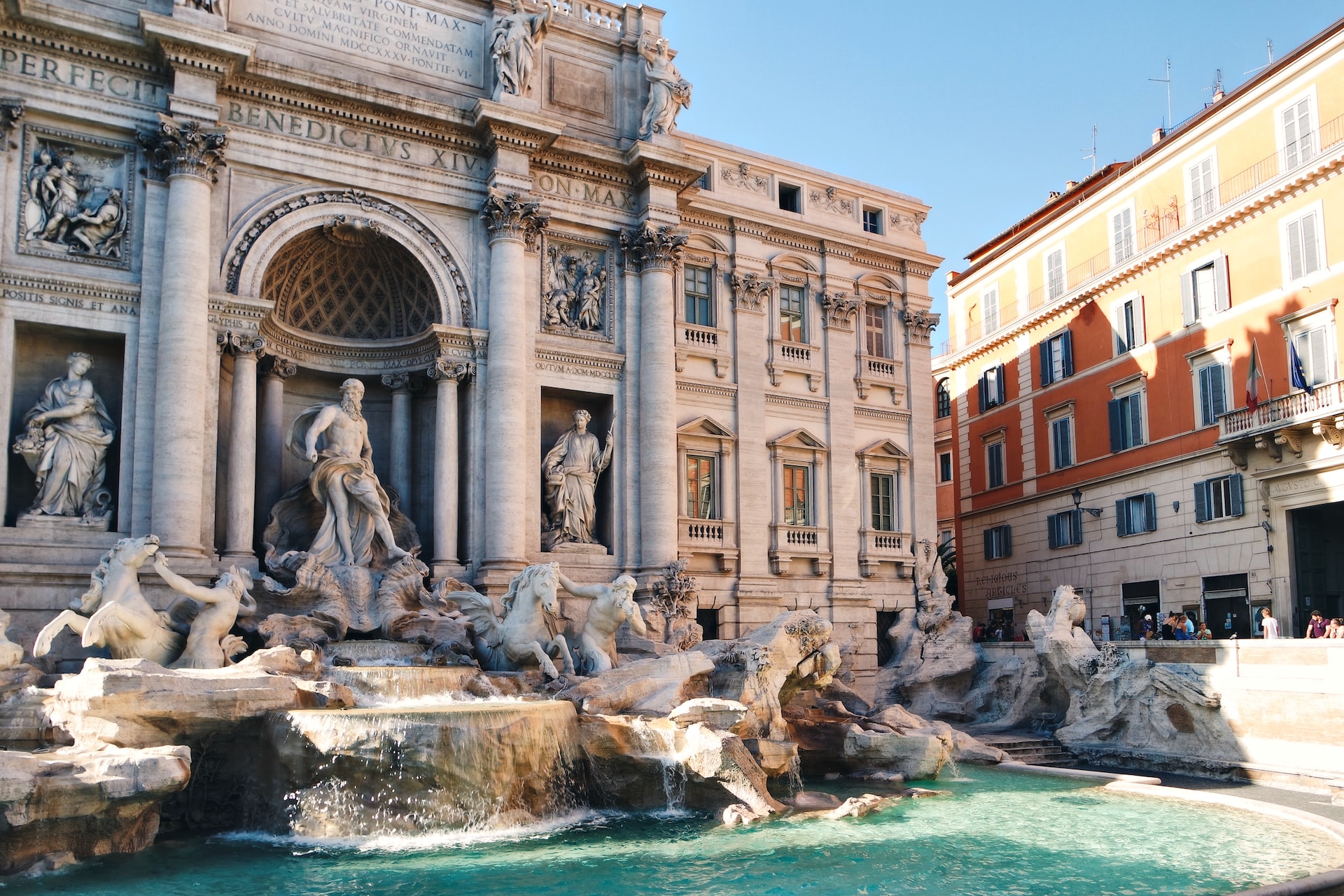
The light and vibe of these piazzas and other sites change completely depending on the time of day. If you’re visiting over the summer, you’ll have the chance to choose to take the tour either at midday or dusk. The latter lets you enjoy the fresh evening breeze (what we Romans call “la rifrescata”) while the daytime option shows you the bustling markets and cafes. Both times are special in their own way.
Local tip: After feeding your eyes, it’s time to feed your stomach! Near the Pantheon, you’ll find Gelateria della Palma, where you can taste more than 100 different ice cream flavors. Bar Pompi (famous tiramisu) is next to Piazza di Spagna. For more dining tips, check out the eight authentic dishes you must try in Rome.
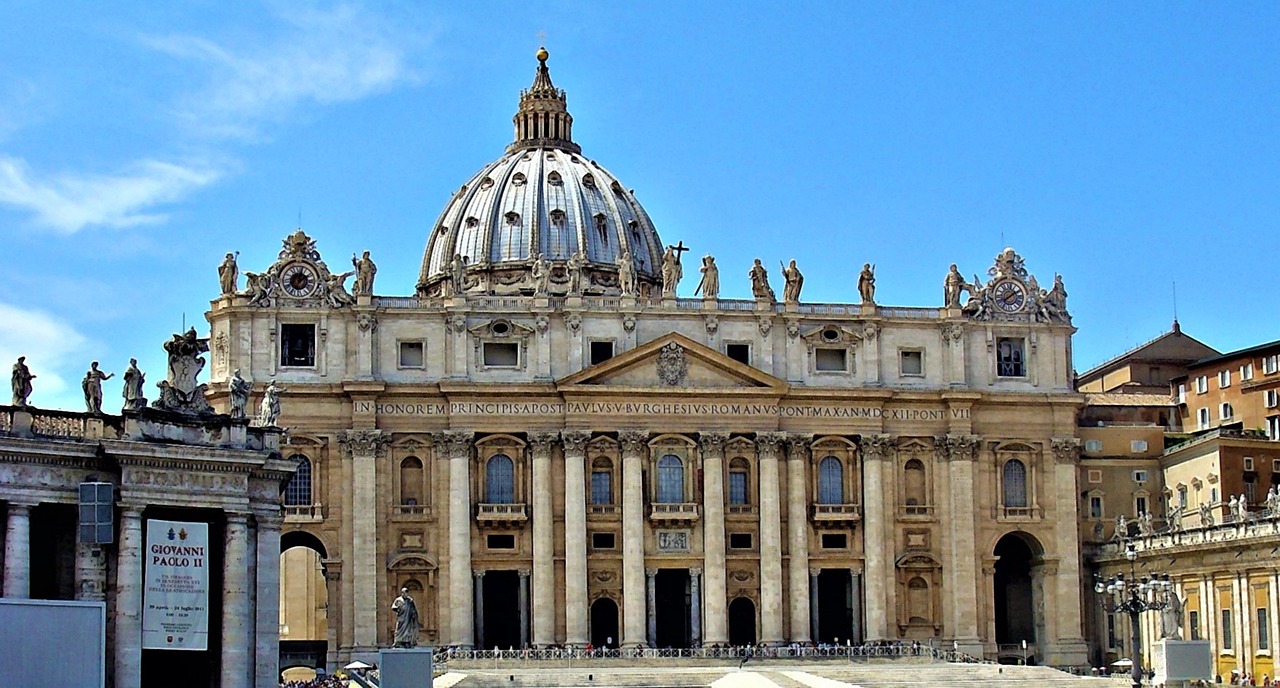
A city like Rome has many peculiarities, and one of them is our most famous neighbor. It’s not the kind you can invite over for your next barbecue — I’m talking about the pope, chief of Vatican City. The rule of the popes in Rome ended in 1870, when the city joined the new Italian state. In 1929, the Lateran Treaty led to the creation of the modern Vatican City.
Vatican City is the smallest independent state in the world. Even so, world-famous landmarks are located there, such as St. Peter’s Basilica and the Vatican Museums. It’s no surprise that millions of people come to the Vatican each year to admire such wonders.
It’s amazing how there is to see at the Vatican Museums. They’re called “museums” because it’s several galleries of art and treasures collected by popes over centuries. To see the highlights — or even know where to begin — can be daunting, but in a good way.
I recommend going with a guide who can point out the must-see artwork and explain the significance behind it.
Enter our budget-friendly tour.
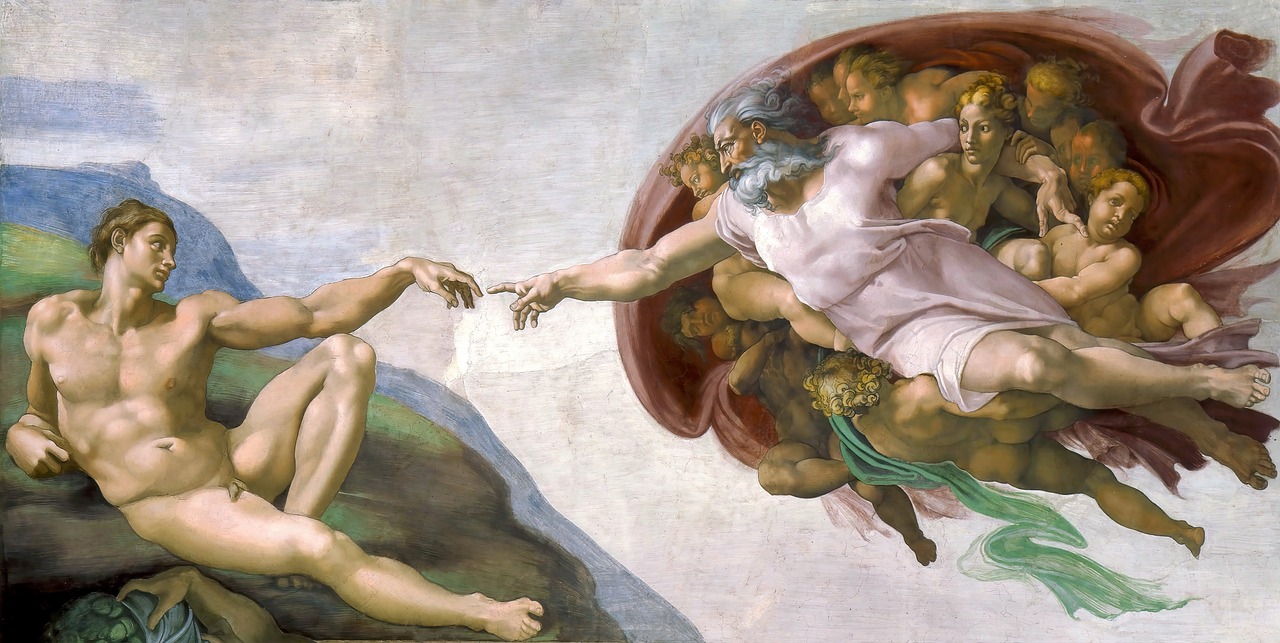
Our Vatican Museums guided tour will let you enjoy your visit without stress. Curious about what you’ll see? Here’s a taste.
On a different day from your Vatican Museums tour, I suggest returning to visit St. Peter’s Basilica. Your guide will share useful tips about how to explore this world-famous church, and it’s free to visit.
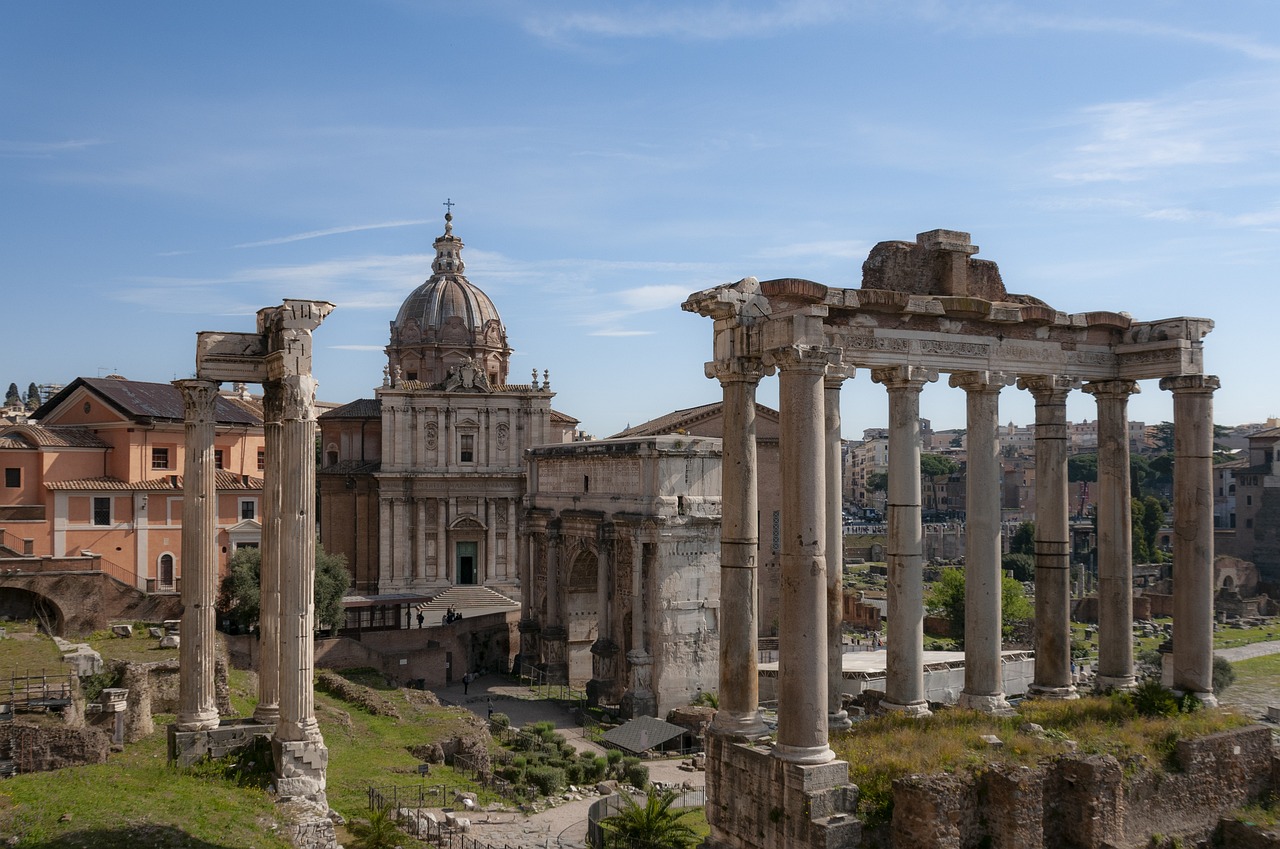
You may be wondering how much time you need to see these amazing sights.
If you’re planning a nice week-long trip, you’ll be able to take part in all the tours I mentioned and get the full Roman experience. You could dedicate a different day to each tour and enjoy them in the most relaxing way.
However, if you’re coming for a short visit of 2-3 days, you could choose the areas that seem most appealing to you.
I recommend bringing plenty of water and sun protection (like sunscreen) for your guided tours and self-guided rambles around town. Rome is often sunny, and staying hydrated is key in all weather.
There are also lots of great places all over Rome, so don’t worry about finding good Italian food. It’s everywhere! You can ask your guide for recommendations, or check out our blog on where to eat near the Colosseum, which is central to many of the tourist sites.
With the list above, you’ll have the chance to:
We can’t wait to see you in Rome!
 Vatican City: A First-Timer’s Guide for What To See and Do
Vatican City: A First-Timer’s Guide for What To See and Do
Your trip to Rome won’t be complete without a visit to Vatican City. Home of St. Peter’s Basilica and the Vatican Museums, Vatican…
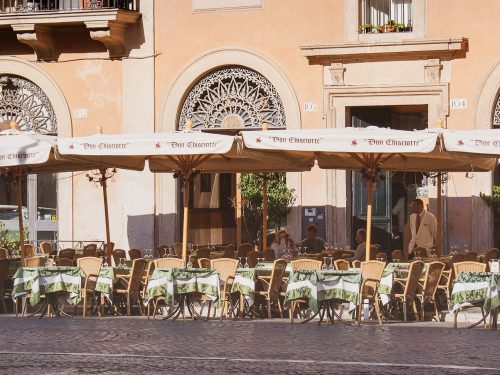 Where To Eat Near the Colosseum: Cafes, Bars, and More
Where To Eat Near the Colosseum: Cafes, Bars, and More
No trip to Rome is complete without a visit to the Colosseum. It’s arguably the Eternal City’s most recognizable monument. It can be…
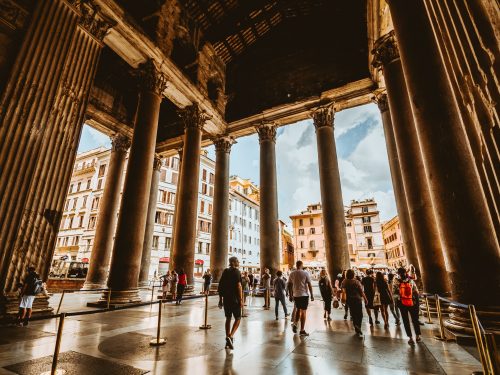 How To Enjoy Rome on a Budget: 5 Easy Tips
How To Enjoy Rome on a Budget: 5 Easy Tips
The best thing about visiting a historically rich city is the immersive experience and greater perspectives you gain. Unfortunately, many travelers are susceptible…